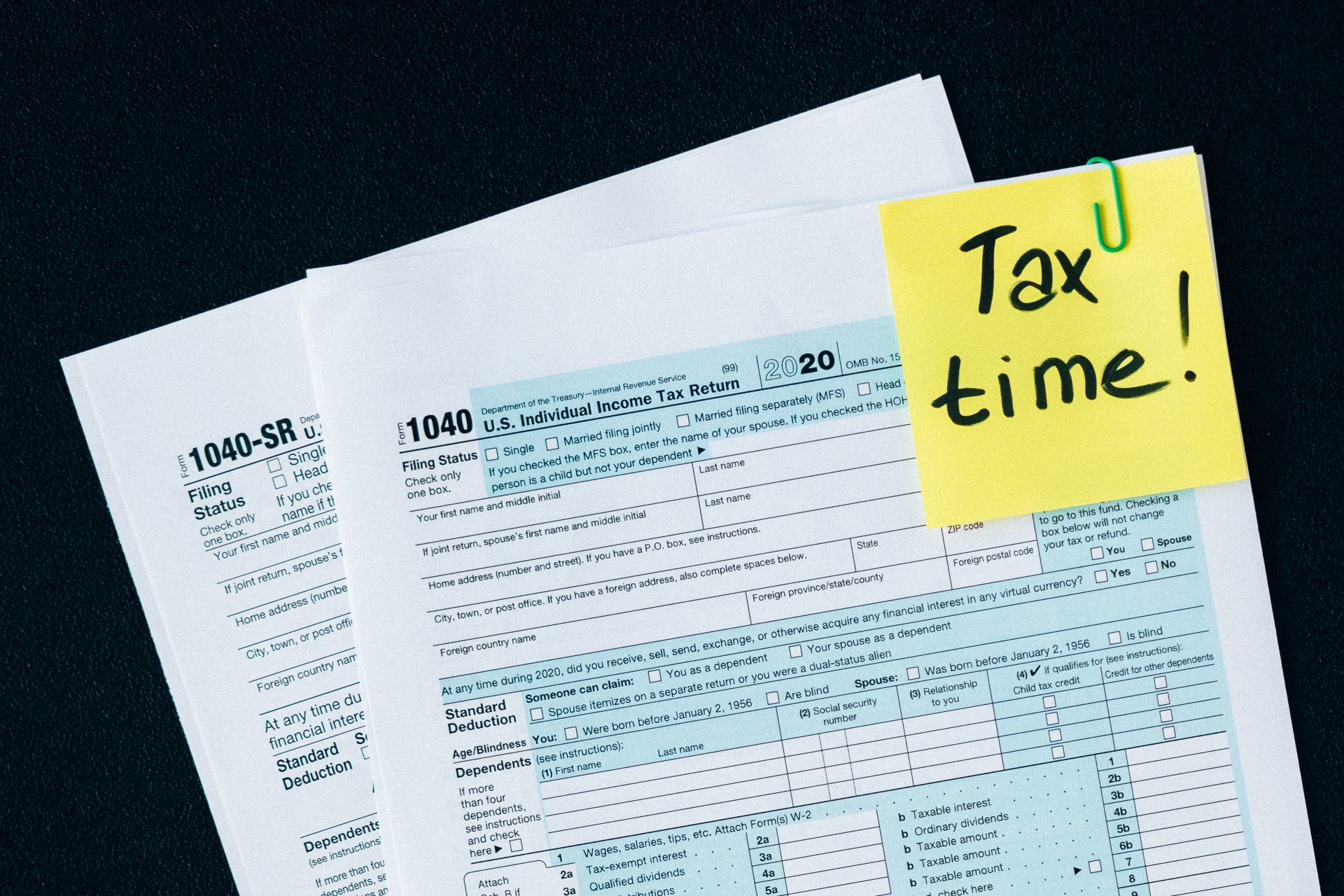How to Calculate EBITDA
Earnings before interest, taxes, depreciation, and amortization, or EBITDA, is an important metric for your business. Knowing this allows you to analyze your earnings without considering interest, taxes, and other variables so you can compare your operations and success to other businesses in your industry. Let’s dive deeper into how to calculate EBITDA and how to use this figure for decision making.
Factors in EBITDA
As stated, the factors are Earnings Before Interest, Taxes, Depreciation and Amortization. You can use them to calculate your profits and don’t have to account for debt, tax payment, or asset depreciation. Here’s what each factor in the formula means:
- Earnings: Income earned from products, services, or investments.
- Interest: Charges for taking on debt.
- Taxes: Self explanatory.. Everyone’s least favorite expense!
- Depreciation: The expensing of assets over the duration of their lifespan.
- Amortization: Principal and interest charges on loans.
Asset: Valuable assets (intangible and tangible) like intellectual property or real estate.
EBITDA Formula and Example
The formula is as follows:
Net Income + Interest Expense + Taxes + Depreciation + Amortization = EBITDA
Let’s say you own a clothing company and want to use this formula. You take a look at your income statement and find these numbers.
- Net Income: $300,000
- Interest Expenses: $8,000
- Taxes: $1,000
- Depreciation: $6,000
- Amortization: $4,000
Once you add up all these figures, you’ll end up with an EBITDA of $319,000. If you’re displeased with it, it may be worthwhile to start at the top of your Income statement. Do you truly understand where you make and lose money? Are there places where you can lean out your expenses and “tighten the belt” on spending? If you don’t understand the root cause of why your EBITDA is the number it is, then you’re probably going to have a hard time fixing the problem. Give us a call if you want an outside opinion!
Pros and Cons of EBITDA
A EBITDA can be useful because it shows the value of your operations and offers an overview of your business growth. However, as with most metrics, it comes with a few drawbacks. EBITDA can be misleading and disguise financial burdens.. Most specifically, this does not always show the cash impact of your operations. Although you may have some great revenues, if you’re not collecting the cash on that revenue, this number may be extremely misleading. Check out our blog on calculating your operating cash flows for more detail!






